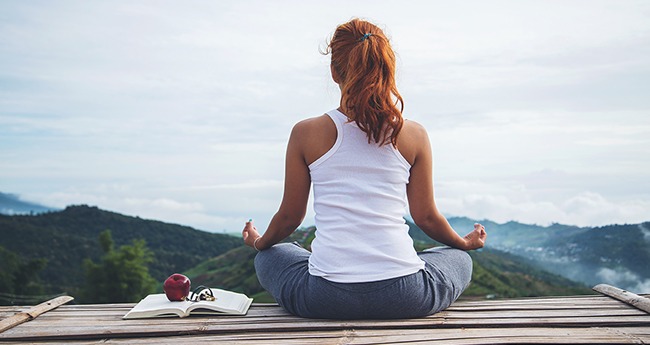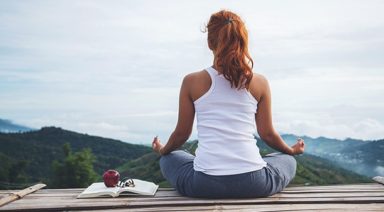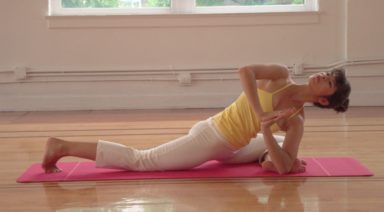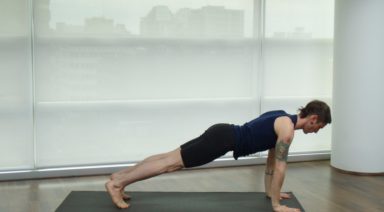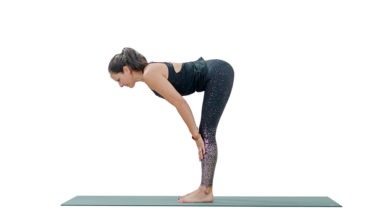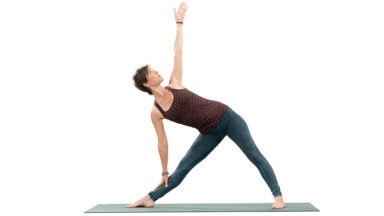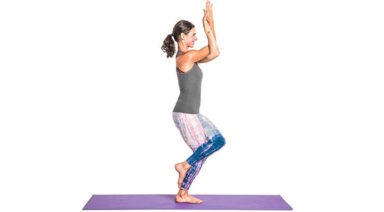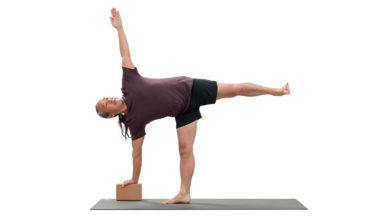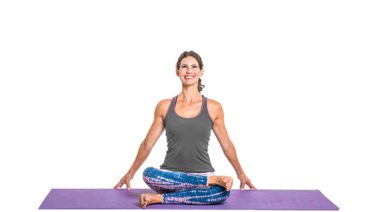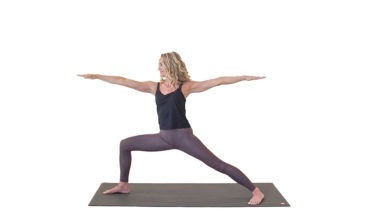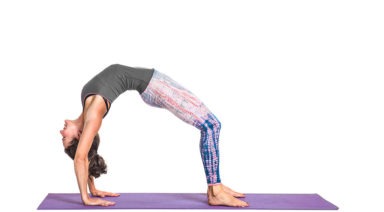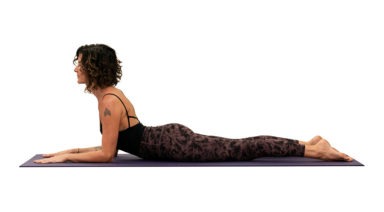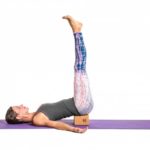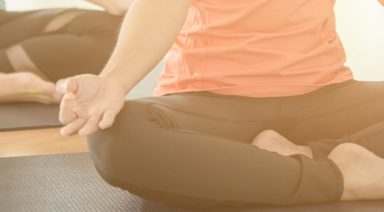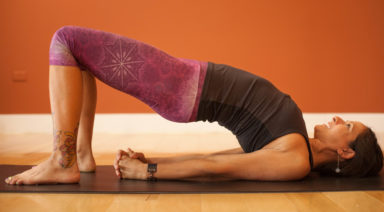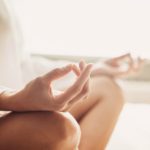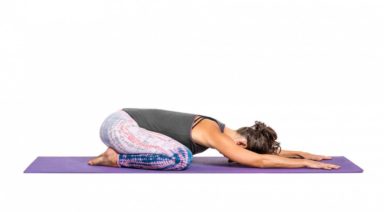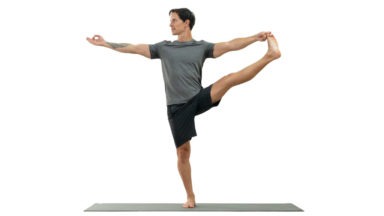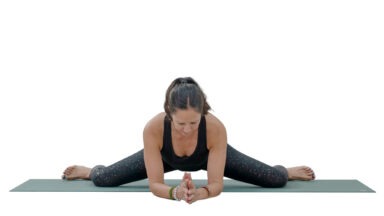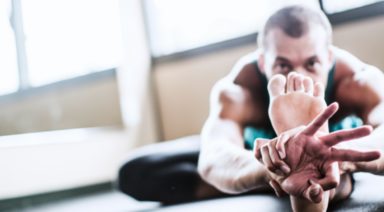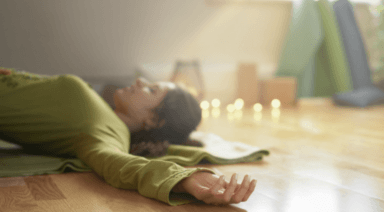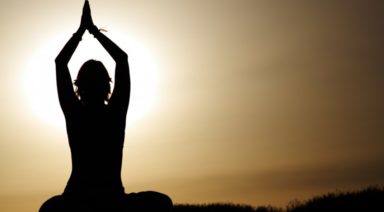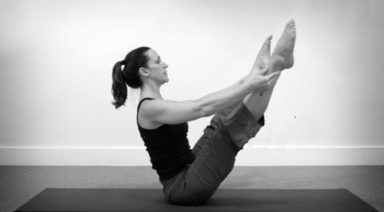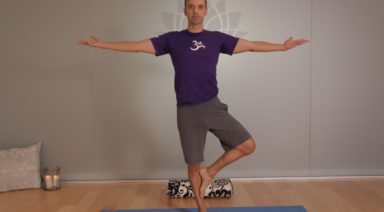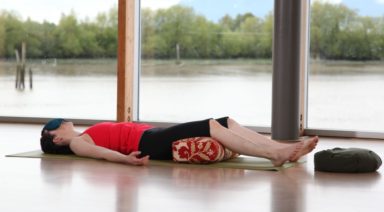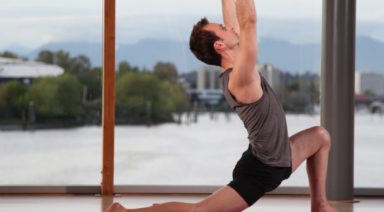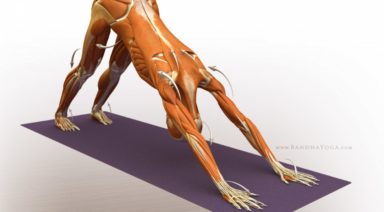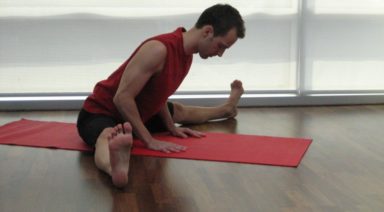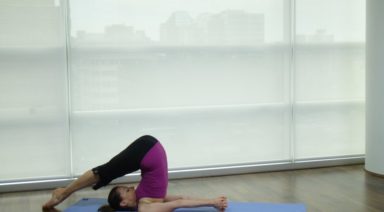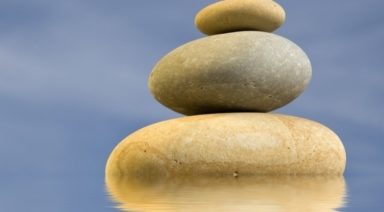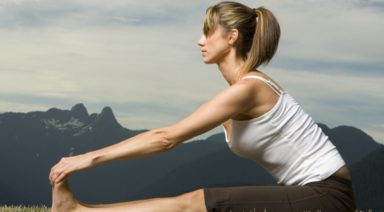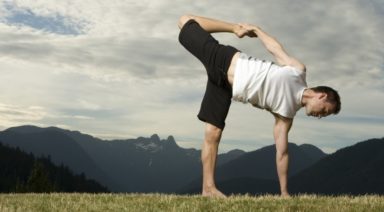Does That Yoga Class Count?
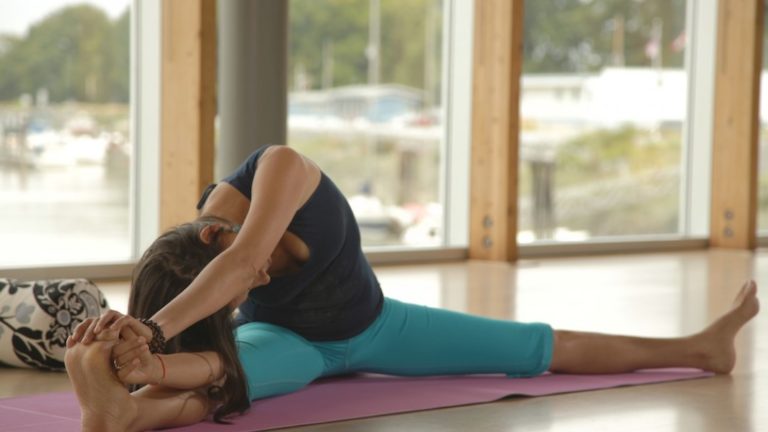
The Truth Behind Yin-Style Yoga Practice
Do you ever feel like you’re “cheating” on your regular yoga anytime you opt for the Yin or Yoga Nidra class? I know that when I first started doing Yin Yoga I thought it was somehow cheating, that I wasn’t doing “real yoga”. I recall feeling the urge of needing to get somewhere, to feel like I was doing something or making some sort of progress during my first few Yin Yoga classes. At that time, it didn’t feel like I was actually practicing yoga. Of course, I now know this couldn’t be any further from the truth.
It all started the day I sprained my ankle and my daily power yoga practice that I had come to know as the “Real Yoga” came to a screeching and abrupt halt. I found myself limited to the more gentle yoga and meditation classes, such as Yin Yoga and Yoga Nidra. I had no idea I was about to embark on a blissful journey. You see, being a strong-willed, determined, always-on-the-go A-type myself, being forced to slow down was very uncomfortable for me in the beginning.
However, my dedication to a personal daily yoga practice persevered and I found myself taking a Yin Yoga class daily and practicing Yoga Nidra nightly. I started to search through the videos on Gaia and pick out the more gentle Yin and Yoga Nidra meditation style classes. I started to learn that I was not cheating on my regular yoga, but I was actually beginning to practice the “real yoga”—whereas before I was just practicing Asana (only one aspect of yoga).
I began to learn the importance of quieting the sun energy, or energy out and strengthening the moon energy, the energy inside. It is imperative to allow the body to recharge, working its way from the outside, inward. It’s amazing what you can feel on the inside when you can still your body and quiet your mind long enough to experience it.
Just when I thought my practice had reached an all-time new high, I stumbled upon the practice of Yoga Nidra, which was life-changing for me! In Yoga Nidra the body lies still on the floor, you have no physical movement, so there are no physical restrictions, which means pretty much anyone can do it. It’s known as “Yogic Sleep,” although you will not fall asleep—or at least that is the goal anyway.
I say this because it is very hard not to fall asleep during the sessions as you drop down to an altered state of consciousness quickly, and it takes practice to remain awake during your entire session. In Yoga Nidra, practitioners explore the fifth element to yoga called, Pratyahara, which literally means sense withdrawal. During the Yoga Nidra session, we set our intentions or affirmations, otherwise known as the Sankalpa, which allows the change to take place at the subconscious level. For those of you who don’t already know, the subconscious is what is running the show here, not the conscious mind, as one may think.
After all of the different types of yoga I’ve tried, it’s my Yoga Nidra practice that I come back to every night, with joy, and because I’ve experienced its healing powers first hand. Let this be a reminder that in the practice of Yin Yoga, the practice of surrender, we go inside and work our way from the outside in—this is by far a more advanced practice of yoga. We are going beyond the asana and using that to help us move on to the next step as we evolve in our practice.
If you’re ready to give Yoga Nidra a try, the practice that I do every evening before bed is the Yoga Nidra Practice by Armand Sagredo, and can’t recommend it highly enough. Be open to the practice and you will quickly see healing and miracles occur in your life.
Enhancing your Yoga Practice with Journaling

The art and practice of yoga promise many benefits to the practitioner, and the fruits of time spent on the mat are varied and innumerable. We experience these benefits in different degrees based on our dedication and commitment. Each of us has a gateway reason that initially brings us to the mat; typically, it’s something very broad like becoming more flexible or relieving stress. Inevitably over time, those reasons change, and the “get” from the practice becomes subtler, like raising consciousness or living more compassionately. No matter where you find yourself on the spectrum, there are tools that help to enhance the experience of Yoga, so the nectar of the practice is sweeter and more potent. Some of these tools require a hefty investment of time or resource and are therefore inaccessible to everyone, but other tools like the one we are talking about here are accessible to all. Journaling is a beautiful way to supplement and enhance your yoga practice—all you need is a pen, paper, and a few minutes of your day.
Why Journal?
Journaling is a simple sacred act that calls us to a place of exploration, curiosity, and revelation. You don’t have to be a professional writer to be a personal journalist. Writing helps to process and exfoliate the lives we lead and our thoughts about them. Journaling helps to strengthen the path for a deeper relationship with Self. This intimate art clears mental clutter and leaves a sense of spaciousness in its wake. It is detoxifying for the mind and cathartic for the heart. Journaling, unlike a lot of self-growth modalities, is relatively easy and doesn’t require a financial output. It necessitates no training, no physical capabilities, and there are no grades or performance criteria. It is one of the most open and forgiving therapeutic avenues available to us. The question should rather be: Why not journal? The benefits are limitless, and the outlay is small in comparison.
The Yoga/Journaling Connection
Yoga is so much more than movement; Yoga is the science of and relationship to the Self. The modern yogi doesn’t typically have time to devote all waking hours to the theory and practice of Yoga. We are blessed with such multifaceted lives that we tend to harbor boatloads of gunk that fog our ability to see and experience reality from a place of pure conscience. Because our human experience is so complex, having supplemental tools to support the yogic process is vital. Journaling is a beautiful and very personal way to expand upon our time on the mat. A yoga practice is full of “ah-ha” moments, and often, those precious nuggets of wisdom get lost because we roll up our mats and walk away without engaging with follow-up practices that give space to explore and provide roots for revelations.
Journaling 101
If you are new to journaling, the best way to get acquainted with the practice is by embarking on a daily stream of consciousness writing journey. This means that you sit down for five to fifteen minutes (or more!) and just write down what is flowing through your mind at that very moment. Don’t worry about punctuation, grammar, or making sense of anything; simply allow your thoughts to pour naturally through your hand to the paper. Don’t judge or choreograph the process; just write.
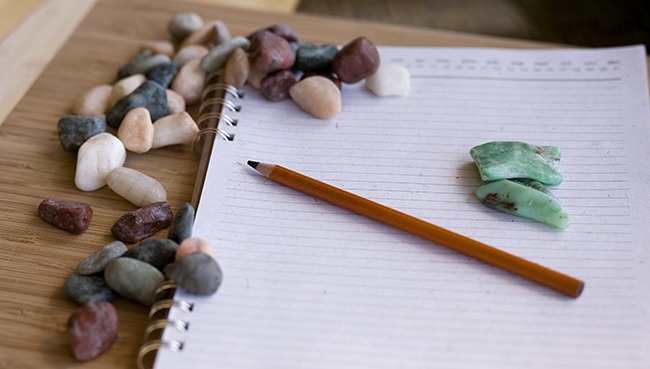
Writer’s Block
If you are finding that you sit down to journal, and nothing comes out simply be with the “nothingness.” Use it as an opportunity to meditate on the blockage. If you push past this place without recognizing it’s importance than you risk forfeiting some of the fertilizer that goes into the soil where you will eventually hope to grow. Everything exists for a reason, and we must honor what arises even if it feels unwelcome.


